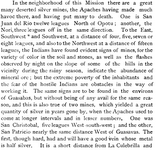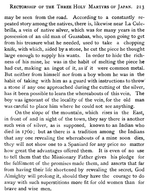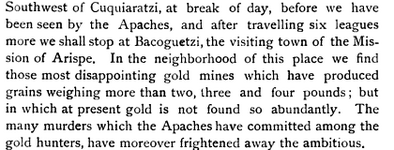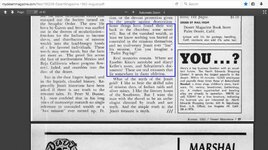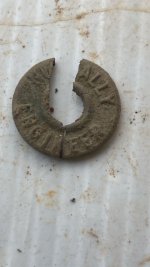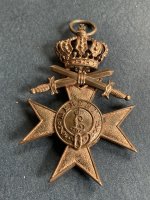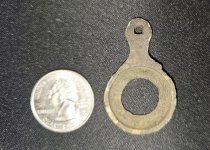Real of Tayopa
Bronze Member
Joe, is that with what is left of my missing steak ?? 
Fr Polzer needs no applogists, he was what he was and posted accordingly.
As far as the Vatican files, they have been purged. Amy spent considerable time in there looking for Tayopa related articles with zero sucesss.. The Jesuits also have a multi layered set of files, many are for those in the Society with a need to know only. Can you find any reference to Jesuit inspired insurrections

Fr Polzer needs no applogists, he was what he was and posted accordingly.
As far as the Vatican files, they have been purged. Amy spent considerable time in there looking for Tayopa related articles with zero sucesss.. The Jesuits also have a multi layered set of files, many are for those in the Society with a need to know only. Can you find any reference to Jesuit inspired insurrections

Last edited:



